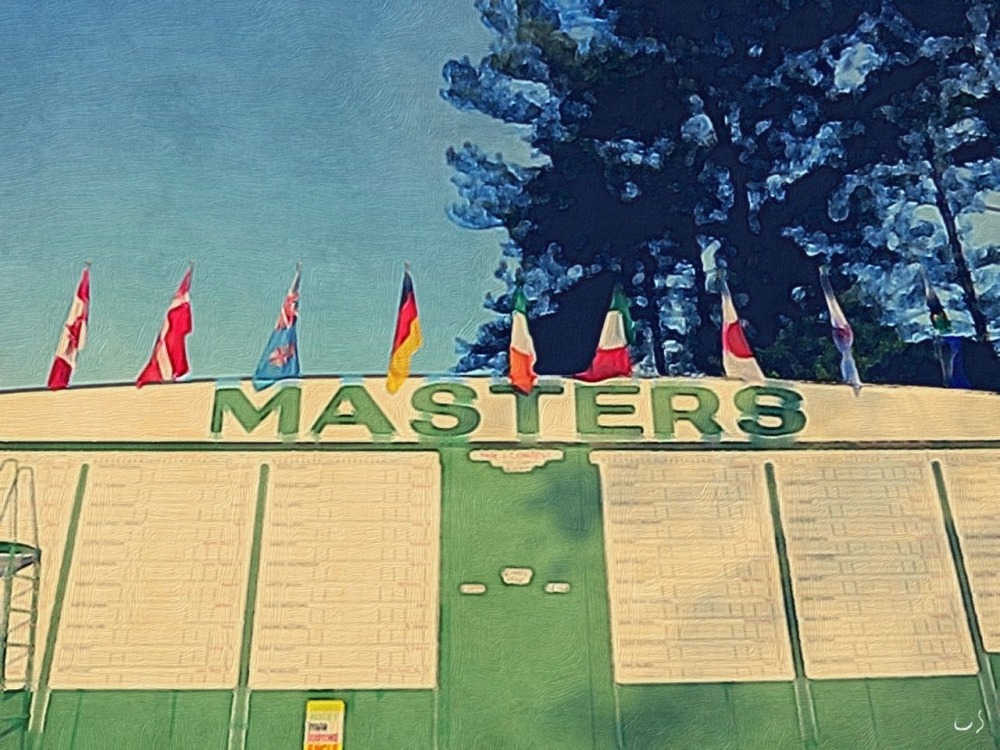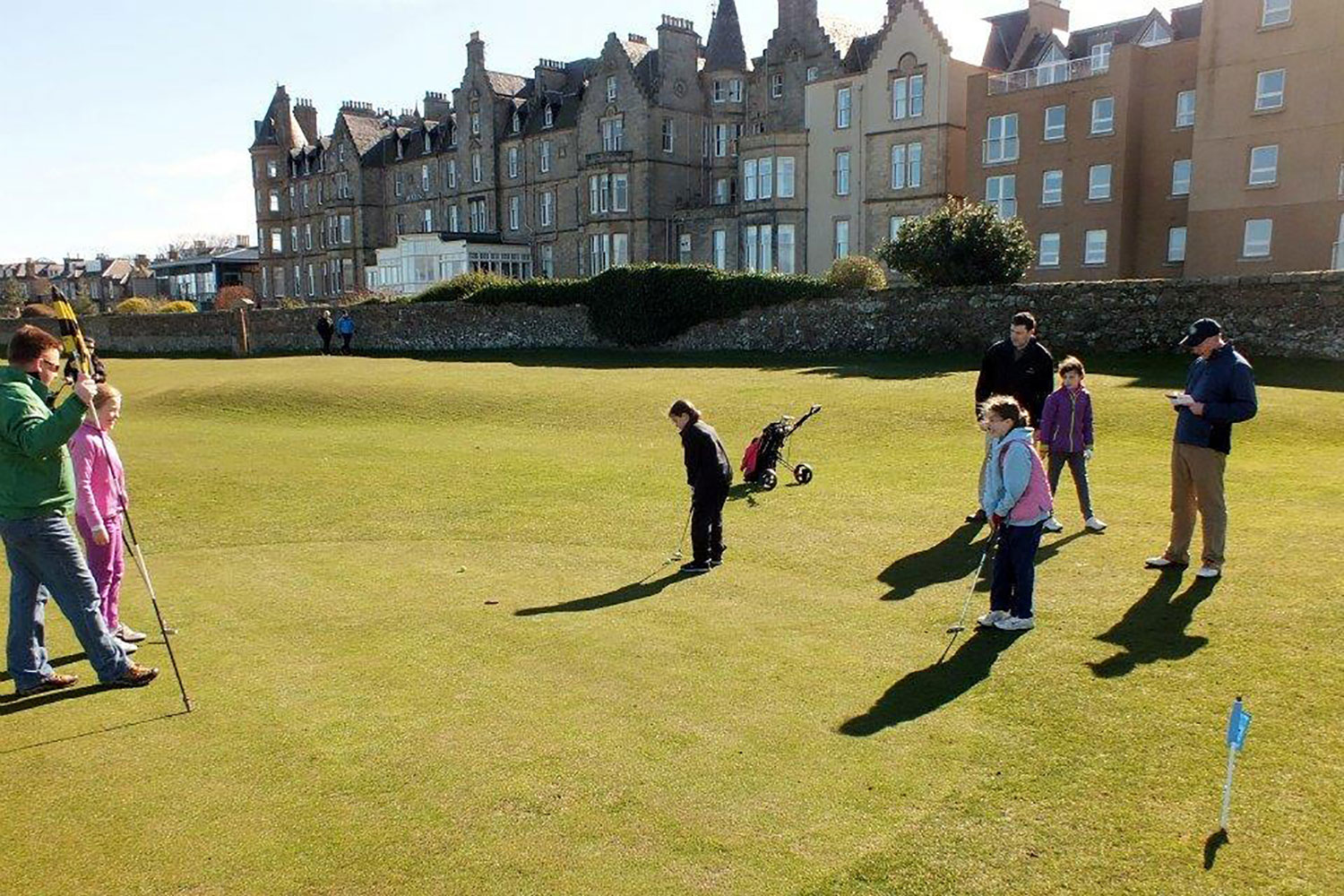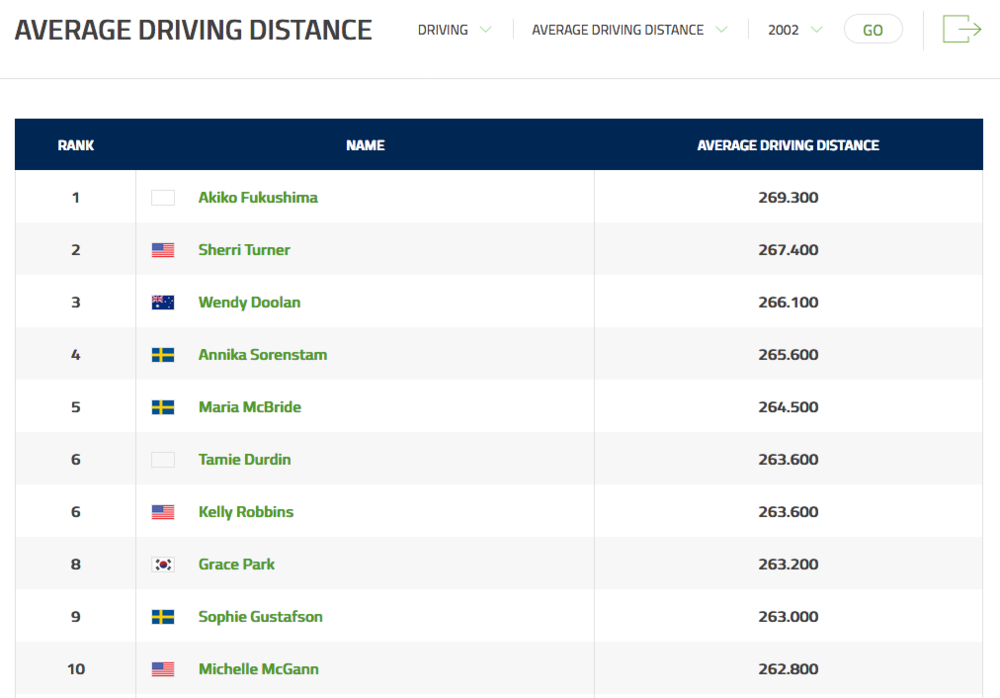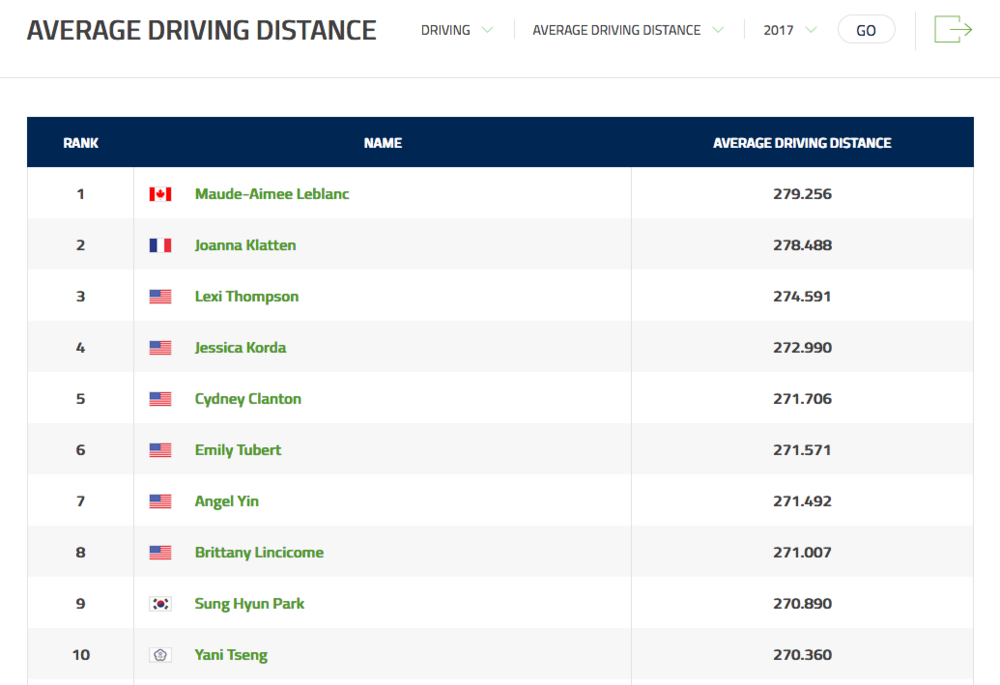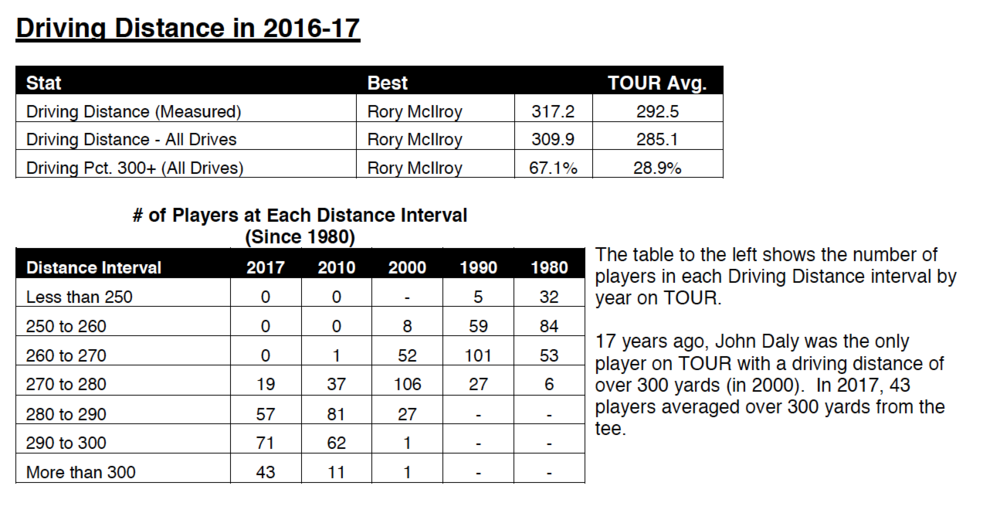Greg Norman signed with Verizon through 2024 and has teased us repeatedly with suggestions of forthcoming plan to revolutionize the game. The development price tag has been put at $11 million.
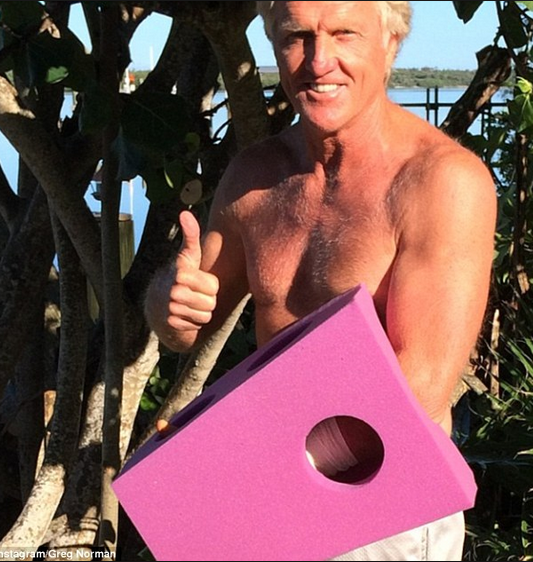 When you read about the big announcement he finally made, remember this prediction from December last year:
When you read about the big announcement he finally made, remember this prediction from December last year:
“In the middle second quarter of next year, I’ll invite you guys down to my office,” he said. “We will tell you exactly how we’re going to break this cast iron that’s been wrapped around golf for so long. We’re going to shatter it. The institutions (USGA, R&A, PGA of America, PGA Tour) will eventually buy into it because they will have to buy into it. They won’t have a choice.”
Ok, so it was the four quarter.
And there was a press day attended as seen in this Golf.com video showing the huge, huge launch of this game-changing announcement fancy golf cart that will play "your" walk up music, give you game highlights and tips from the guy who would not play golf with the media.
Max Adler at GolfDigest.com got that special call down to the office and was one of four publications to actually acknowledge the much ballyhood announcement.
As fortunes go, I had the unique opportunity of previewing Shark Experience with Greg Norman driving. Last week at the Breakers Hotel Ocean Course in Palm Beach—a fun little 6,200-yard gem built in 1896, though where not long ago Brooks Koepka worked folding sweaters—Norman took turns playing holes with various members of the media. Actually, Greg didn’t hit any shots—he’s played just five rounds since March, and the PNC Father/Son Challenge in December will be his first competitive event in years—but rode with me as I played.
Maybe he just loves the cart so much he can't take his eyes off of it?
Seriously though, the Shark's onto something: the future of golf is not playing, just driving around golf courses listening to music, watching highlights and getting tips if we ever wanted to play!
In this pitch to Golf.com, Norman says it's TopGolf, only in your cart. I certainly can see how the music and opportunity to have a live sporting event on are great additions for those grown folks who like to take carts. Such amenities, depending on the cost, might even get people to play when they otherwise would have stayed home. But given the murky details on cost to golfers or courses, the entire thing feels like a half-baked rollout.
Looking at Google News, the big launch got a total of three listings. There were two additional items not picked up by Google on Golf Advisor and Golf.com:
 Clicking on "View all" gets you this...
Clicking on "View all" gets you this...

That said, there is more promotion to come and maybe the entire thing will lead to the PGA of America, USGA, PGA Tour, R&A and others closing up shop and turning the keys over to the Shirtless one.
Speaking of his propensity to disrobe, the Shark appeared in Golf.com's offices to film what appears to be a Sportscenter-like promo. His Shirtlessness earned him a long Daily Mail roundup of his most bizarre Instagram posts as a result of today's posting from Time, Inc:
Some of my favorite comments on the post:
mattw12 Was it a porno? Where’s your shirt!
dazblenk For a bloke who has a whole clothing line, you seem a little light on in the shirt department lately
rad_build Dude, seriously, we get it. We. Get. It.
tv.griffiths Even Adam Scott in the background is turning around and thinking WTF?! 😂😉
fineartbylorikostur Looks like a dad fart
 From the pod:
From the pod:


